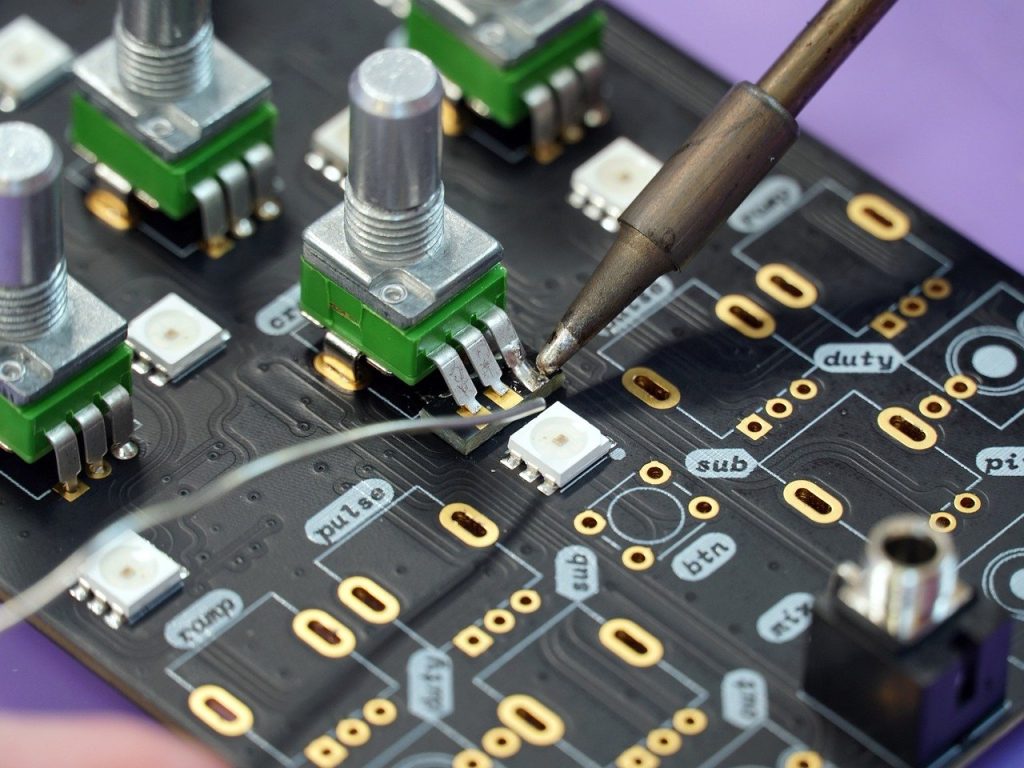The question of whether AI should be trained using artworks without the author’s authorization is a complex and ethical issue that can spark debates among experts. Let’s examine both perspectives:
Arguments against training AI using artworks without authorization:
- Intellectual property rights: Artists have legal and moral rights over their creations. Using their artworks without permission can be seen as a violation of their intellectual property rights. It undermines their control over how their work is used and potentially exploits their creations for commercial or other purposes without compensating them.
- Cultural sensitivity and respect: Art often reflects cultural, historical, and personal narratives. Using artworks without authorization may disregard the cultural sensitivities and meanings embedded in the art. It could lead to misinterpretations, appropriation, or the dilution of the artist’s intended message, potentially causing harm or offense to the artist and the community associated with the artwork.
- Financial implications: Artists often depend on the commercial value of their artworks, including licensing and reproduction rights. Unauthorized use of their work through AI training may undermine their ability to earn a livelihood from their creations and sustain their artistic practice.
Arguments in favor of training AI using artworks without authorization:
- Promoting creativity and innovation: AI training using artworks can contribute to the development of innovative applications, such as image recognition, style transfer, or generating new artistic works. By using existing artworks, AI models can learn from a rich dataset, leading to novel and creative outputs that build upon artistic traditions.
- Expanding access and exposure: AI can help make art more accessible to a wider audience. Training AI models on artworks can enable the generation of new content that can be shared and appreciated by people who may not have had access to the original artworks. It can promote cultural exchange and appreciation of diverse artistic styles.
Negative consequences of training AI using artworks without authorization:
- Misappropriation and exploitation: Unauthorized use of artworks in AI training may lead to the misappropriation of artists’ work, benefiting others without proper acknowledgment or compensation. It could result in unfair exploitation of the artist’s labor, creativity, and cultural heritage.
- Erosion of artistic integrity: AI-generated outputs based on unauthorized artworks may dilute the originality and integrity of the artist’s work. It can blur the lines between human creativity and machine-generated content, potentially diminishing the value and uniqueness of artistic expressions.
- Ethical considerations: AI models trained on unauthorized artworks may inadvertently perpetuate biases present in the dataset, reinforcing cultural stereotypes, or inadvertently distorting the artist’s original intention. This can have unintended consequences and perpetuate harmful narratives or misrepresentations.
Addressing these concerns requires a thoughtful balance between respecting artists’ rights and fostering innovation. Establishing clear legal frameworks, obtaining proper permissions, and ensuring fair compensation for artists when their works are used for AI training can help mitigate negative consequences and uphold ethical principles.
You can see a list of International IP Firms here.

